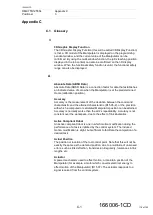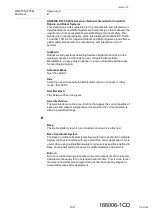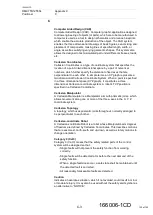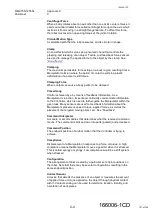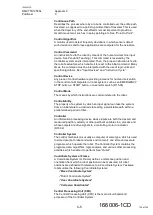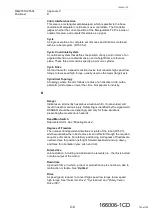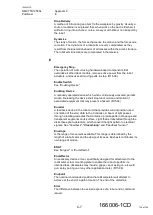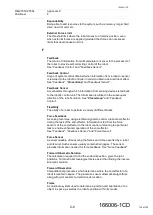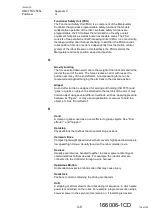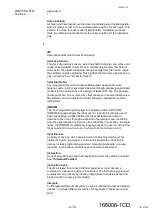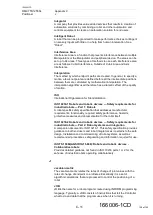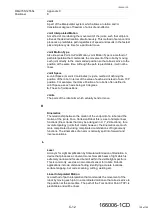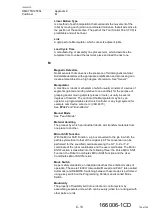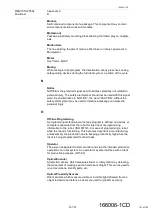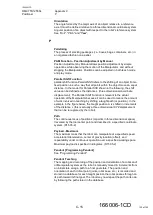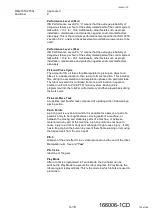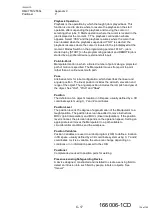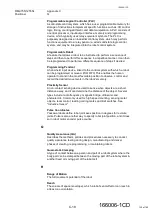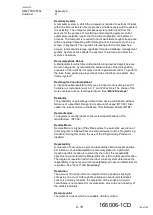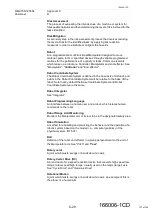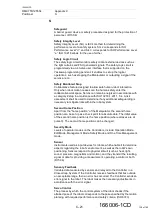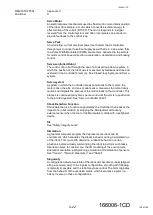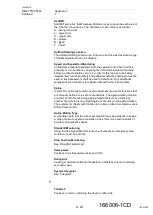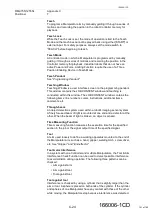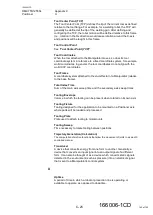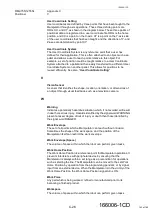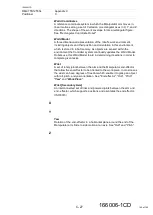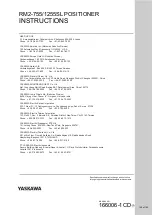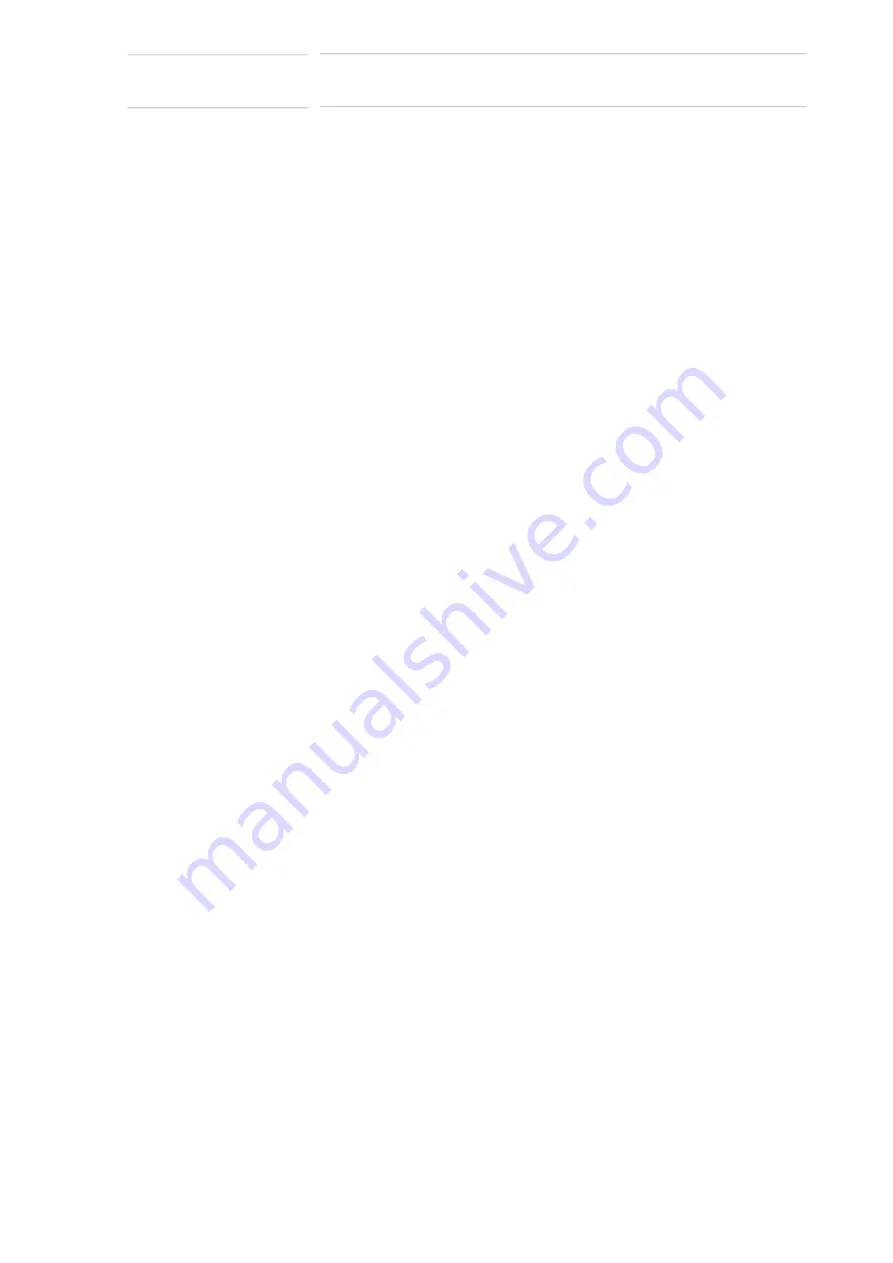
C-15
166006-1CD
166006-1CD
Appendix C
P
RM2-755/1255SL
Positioner
Orientation
The angle formed by the major axis of an object relative to a reference
axis. It must be defined relative to a three dimensional coordinate system.
Angular position of an object with respect to the robot's reference system.
See
,
and
.
P
Palletizing
The process of stacking packages (i.e., boxes, bags, containers, etc.) in
an organized fashion on a pallet.
PAM Function – Position Adjustment by Manual
Position Adjustment by Manual allows position adjustment by simple
operations while observing the motion of the Manipulator, and without
stopping the Manipulator. Positions can be adjusted in both teach mode
and play mode.
Parallel Shift Function
parallel shift function Parallel Shift refers to the shifting of an object from a
fixed position in such a way that all points within the object move an equal
distance. In the model for Parallel Shift shown in the following, the shift
value can be defined as the distance L (three dimensional coordinate
displacement). The Parallel Shift Function is relevant to the actual
operation of the Manipulator because it can be used to reduce the amount
of work involved in teaching by shifting a taught path (or position). In the
example in the figure below, the taught position A is shifted in increments
of the distance L (this is actually a three dimensional XYZ displacement
that can be recognized by the robot).
Path
The continuous locus of positions (or points in three dimensional space)
traversed by the tool center point and described in a specified coordinate
system. (R15.05-2)
Payload - Maximum
The maximum mass that the robot can manipulate at a specified speed,
acceleration/deceleration, center of gravity location (offset), and
repeatability under continuous operation over a specified working space.
Maximum payload is specified in kilograms. (R15.05-2)
Pendant [Programming Pendant]
See
Pendant Teaching
The mapping and recording of the position and orientation of a robot and/
or Manipulator system as the robot is manually moved in increments from
an initial state along a path to a final goal state. The position and
orientation of each critical point (joints, robot base, etc.) is recorded and
stored in a database for each taught position the robot passes through on
its path toward its final goal. The robot may now repeat the path on its own
by following the path stored in the database.
132 of 145

